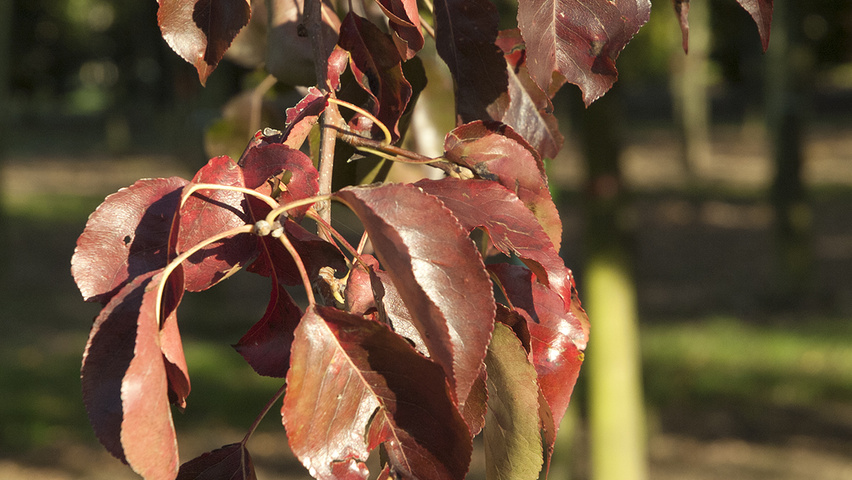 A change in the natural color of the pear leaves indicates a problem. The cause may be scab, black cancer, fruit rot, and so on. In each case, we are talking about a set of specific signs, based on which, the gardener can make a diagnosis.
A change in the natural color of the pear leaves indicates a problem. The cause may be scab, black cancer, fruit rot, and so on. In each case, we are talking about a set of specific signs, based on which, the gardener can make a diagnosis.
You need to act promptly, but do not forget about the need to verify the conclusions made earlier.
Content
Clinical manifestations of the disease
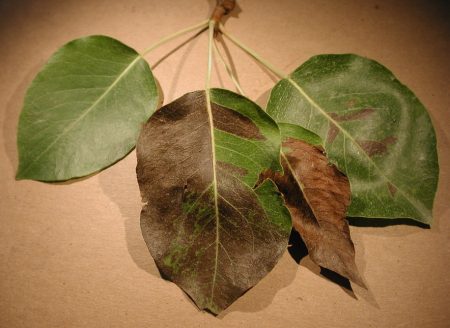 Black cancer - despite the fact that pathology is more common on apple trees, the gardener should not relax. The source of infection will be micro cracks and wounds on the surface of the cortex. The first sign of the disease is small spots with a pronounced purple or brown color. Over the course of several days, it will multiply in size. After 2-3 weeks, the affected area will get a pronounced black color. If you feel the surface of the bark, then you can compare it with goose bumps.
Black cancer - despite the fact that pathology is more common on apple trees, the gardener should not relax. The source of infection will be micro cracks and wounds on the surface of the cortex. The first sign of the disease is small spots with a pronounced purple or brown color. Over the course of several days, it will multiply in size. After 2-3 weeks, the affected area will get a pronounced black color. If you feel the surface of the bark, then you can compare it with goose bumps.
A gardener who misses the listed symptoms on the bark of a tree will see them already on the leaves, which are covered with numerous black spots. Within 5-7 days, the pear flower becomes brown, and the pestle and stamen become black. Black cancer, which arose at the final stage of the growing season, leads to a discoloration of the fruit. They are covered with a brown coating.
Botanists distinguish another 1 disease that coincides in development with black cancer. Cytosporosis - within a few weeks, the disease leads to cracking and drying out of the cortex. You can notice it thanks to the numerous red-brown spots. Throughout the development of the disease, the spots retain their original shade. The second sign of ailment can be noticed when feeling. One has only to remove the damaged area of the cortex, as the piece will urinate.
Fungal pathology
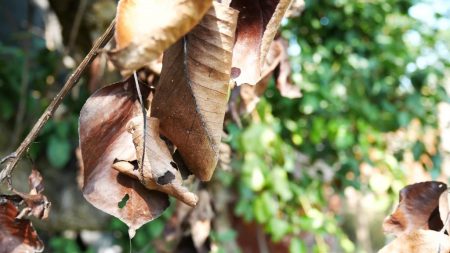 Scab - the starting point will be the penetration of the parasitic fungus into the fruit tissue. Under the blow are still young shoots and leaves. Characteristic spots of a dark brown color will help to suspect something was wrong. Within 3-4 days they will get a pronounced black tint. You can’t ignore the symptom, otherwise within 1.5 weeks all the leaves will fall off. No less sad fate awaits the tree. Within 3 weeks, it is deformed.
Scab - the starting point will be the penetration of the parasitic fungus into the fruit tissue. Under the blow are still young shoots and leaves. Characteristic spots of a dark brown color will help to suspect something was wrong. Within 3-4 days they will get a pronounced black tint. You can’t ignore the symptom, otherwise within 1.5 weeks all the leaves will fall off. No less sad fate awaits the tree. Within 3 weeks, it is deformed.
2-3 days after the onset of the active phase of development of the fungus, the leaves acquire a pronounced velvety plaque. After some time, the affected areas will only increase the occupied area. As the fungus approaches the fruits, numerous cracks appear on them. Even 1 diseased tree is a potential source of problems for the entire garden, so you can not hesitate. Repeatedly accelerate the spread of scab will help steady wet weather.
Fruit rot is another 1 type of fungal disease, as a result of which pear leaves turn brown. The risk group includes all stone plants. As soon as the pathogen has settled on a tree, the leaves acquire characteristic brown-brown spots. The next stage is the appearance of a mycelium pillow, consisting of many spores. It can be identified by the presence of concentric circles nearby.
The gardener risks losing crops within a few days. After the leaves, the fungus gradually moves to the fruits. The latter change color outside and inside. The pulp has a pronounced brown tint.
Functional pathologies
Subcutaneous spotting is another reason why pear leaves and fruits die off. The first sign is the appearance of small spots and dents on the fetus. The more solid cells appear in the fetus, the faster it will die. The affected area turns brown. Within a few days, a significant change in the shape of the fetus is recorded. As soon as the leaves and fruits are affected by subcutaneous spotting, the disease attacks the bark of the tree, leading to its cracking. 3-4 weeks after the onset of the active phase of the disease, the pear loses its ability to bear fruit.
Therapeutic Techniques
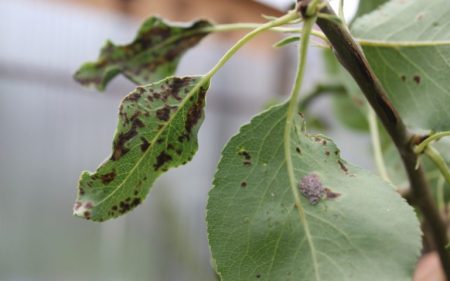 When the gardener has identified the cause of the deterioration of the pear, you must immediately take action. Jewelery accuracy in terms of choice of funds and dosages is the key to success.
When the gardener has identified the cause of the deterioration of the pear, you must immediately take action. Jewelery accuracy in terms of choice of funds and dosages is the key to success.
| Disease | Methods of struggle |
| Black cancer | All branches and sections of the cortex affected by the disease are subject to immediate removal. Each crack should be treated with garden var. The next step is spraying the pear using a 1.5% solution of copper sulfate. |
| Scab | All affected areas of the cortex are immediately cut off and burned, otherwise the pathogen will attack the tree again. Every 5 days, a tree is sprayed using a 1.5% solution of copper sulfate. At least 2 times a year (at the beginning of the growing season and after its end), trees are sprayed in the garden using a mixture of 200 g of lime and 1.5% copper sulphate. |
| Cytosporosis | The course of treatment is 100% the same as the method of eliminating black cancer. |
| Fruit rot | Fungal disease requires an integrated approach. All affected fruits, leaves and patches of bark are removed and burned. Spray every 3 weeks with a 1.5% solution of copper sulfate. During the harvest, care must be taken not to damage the bark. For preventive purposes, you need to inspect the tree and fruits every 3 weeks. |
| Subcutaneous spotting | It develops against the background of improper care. The gardener must strictly comply with the rules and schedule for pruning the selected variety. All manipulations are carried out using a disinfected tool. If the tree is already affected, then it must be removed and burned. Otherwise, the virus will destroy all crops. |
Botanists recommend planting resistant varieties of pears on the plot. When choosing, the climatic features of the region are taken into account.
The list of varieties with high immunity is as follows:
- "August dew";
- "Northerner";
- “In memory of Yakovlev”;
- "Tikhonovka";
- "Spiritual."
Each variety is distinguished by a certain level of yield and fruit ripening period.
Changing the shape and color of the leaves indicates a tree disease or the appearance of pests. In each case, we are talking about a set of external signs, on the basis of which a diagnosis can be made. The gardener must act quickly and correctly. The sooner the source of the problem is noticed, the faster it will be fixed. Reducing the likelihood of crop loss will help regular preventive inspection of trees. Attention should be paid to the bark, leaves, branches and fruits.

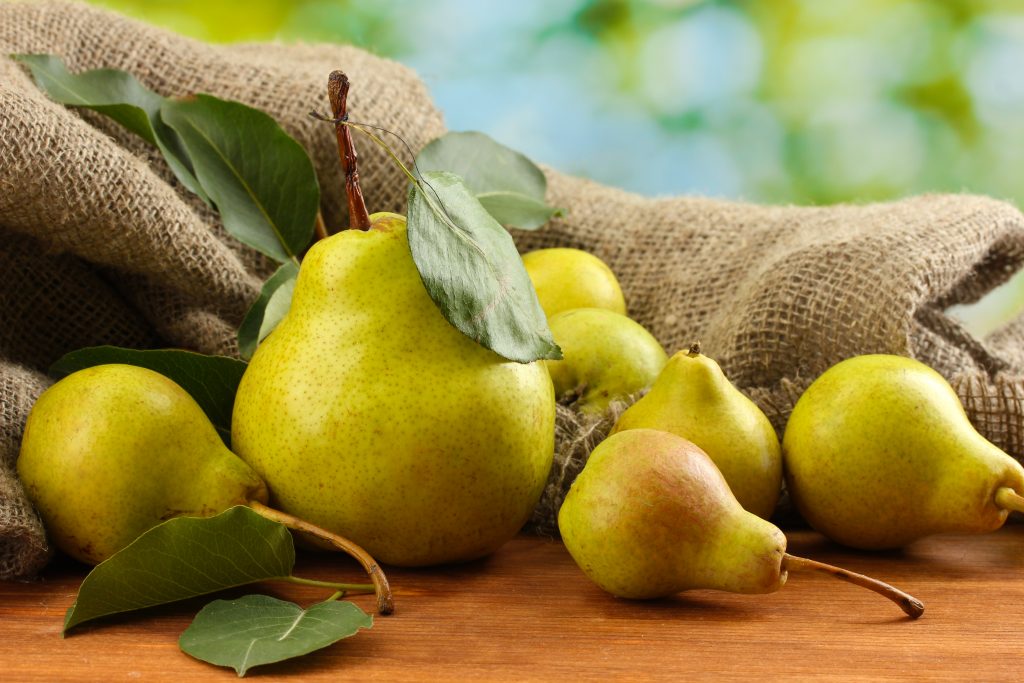
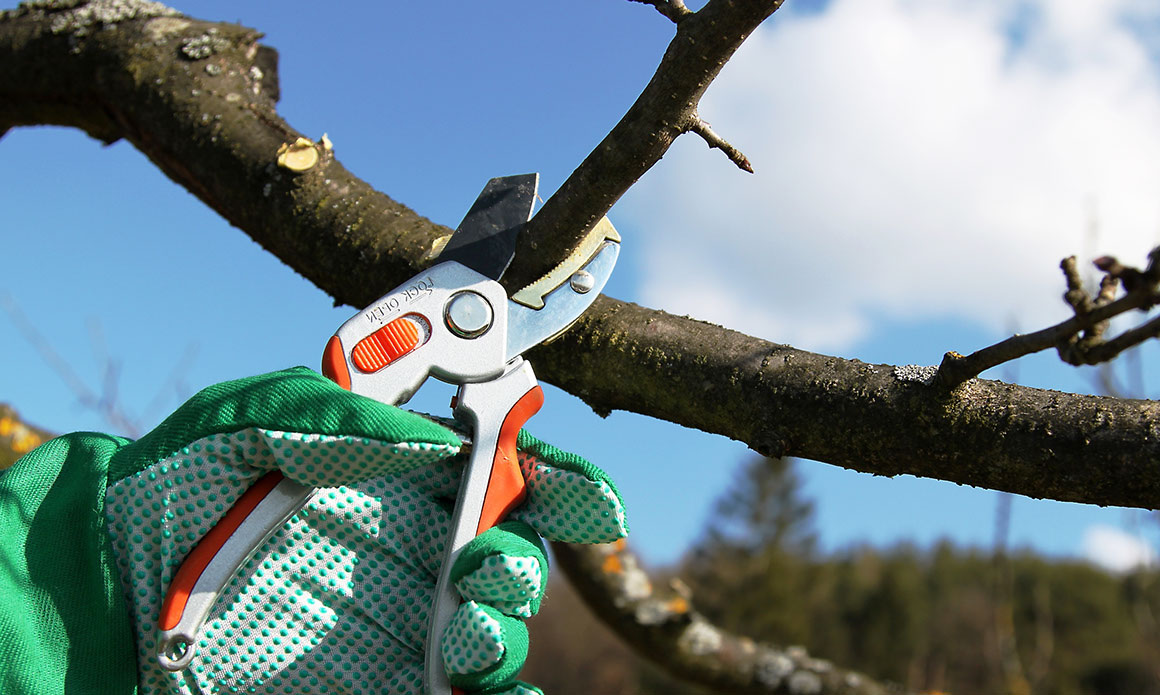
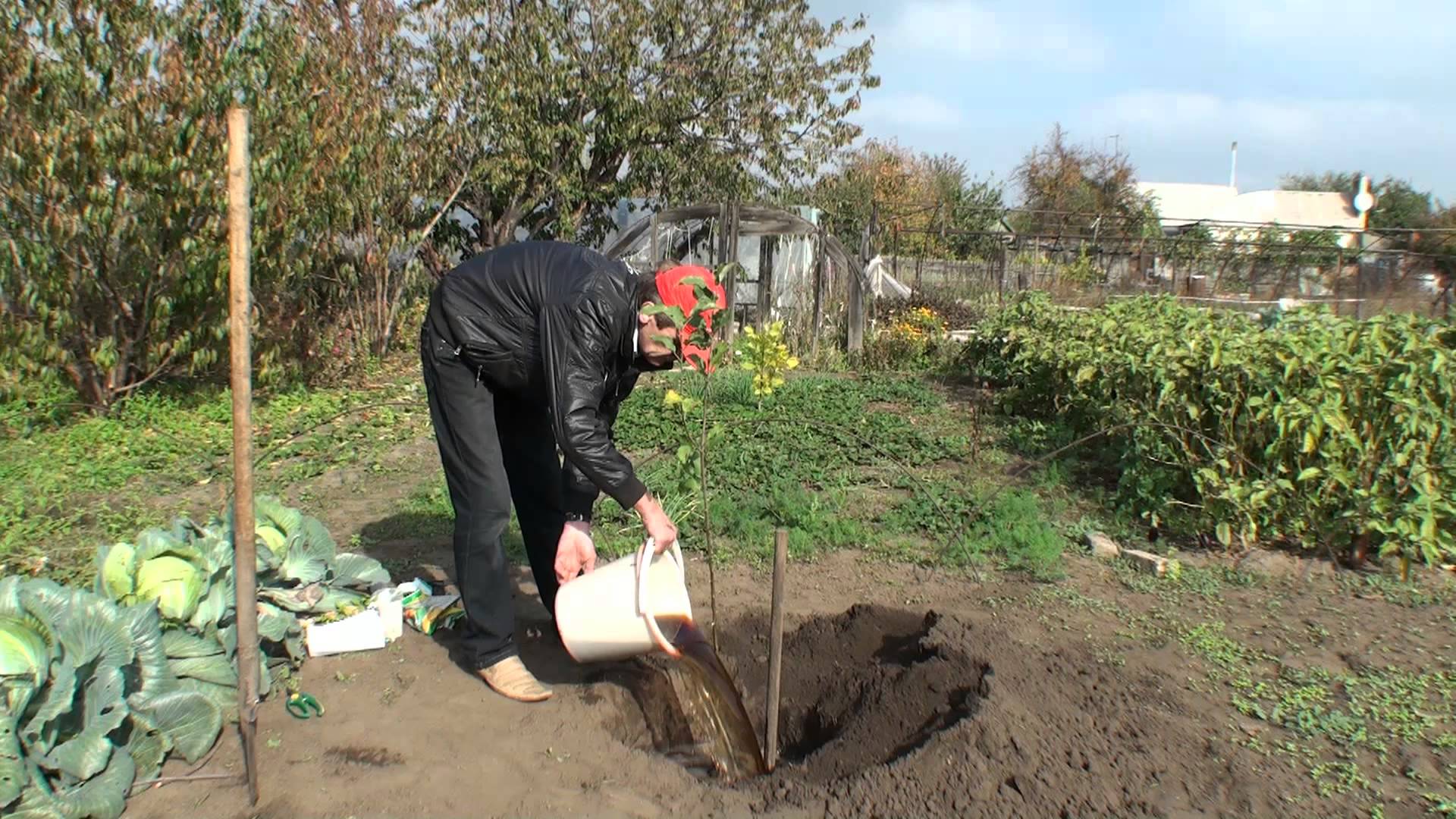
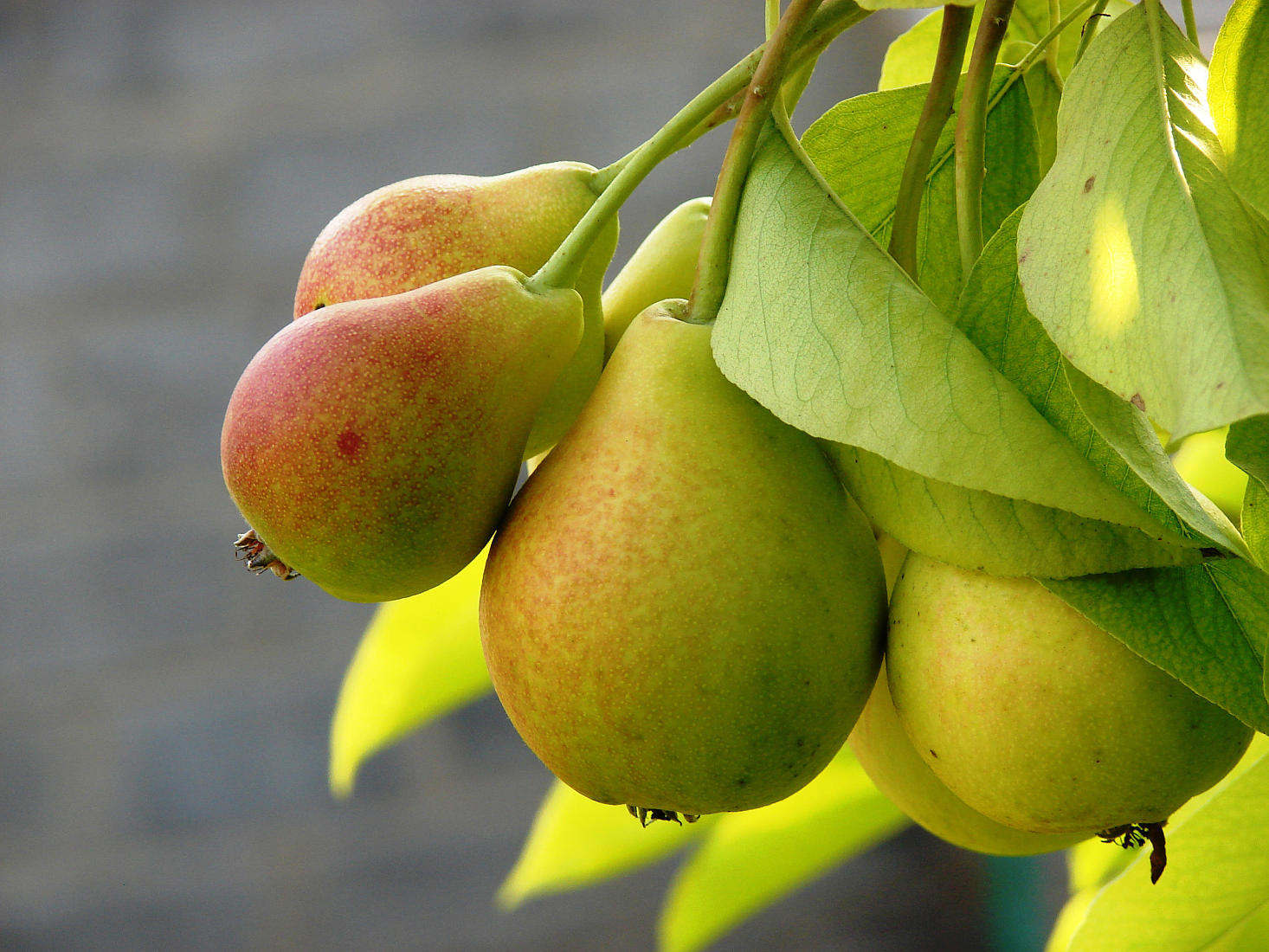 Pear "Noyabrskaya" winter: variety description
Pear "Noyabrskaya" winter: variety description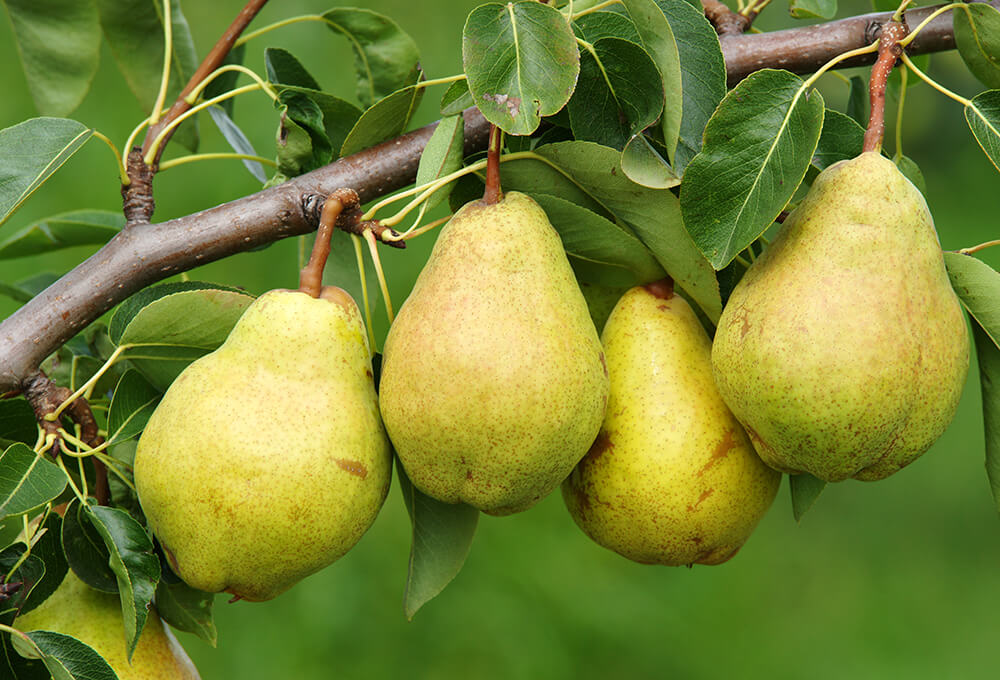 Now we know the reasons and what to do if the pear drops its fruit ovary
Now we know the reasons and what to do if the pear drops its fruit ovary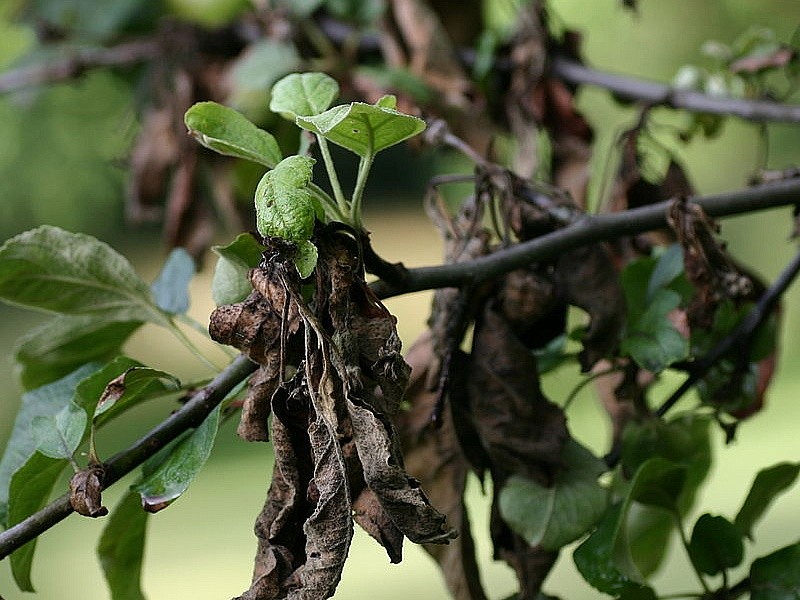 This drug from the pharmacy will help to cure the blackening and curling of foliage in a pear.
This drug from the pharmacy will help to cure the blackening and curling of foliage in a pear.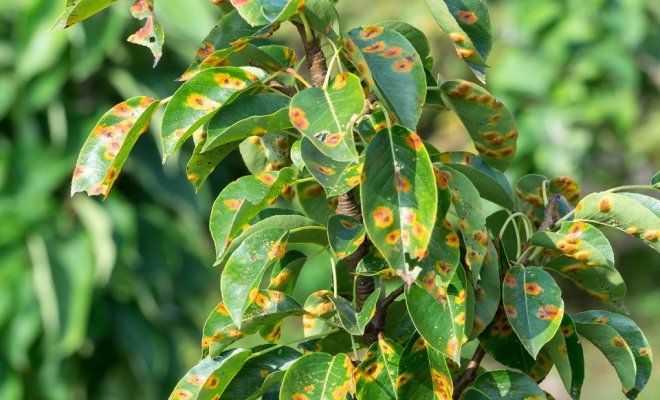 Are orange spots on pear leaves a disease? How to treat?
Are orange spots on pear leaves a disease? How to treat?